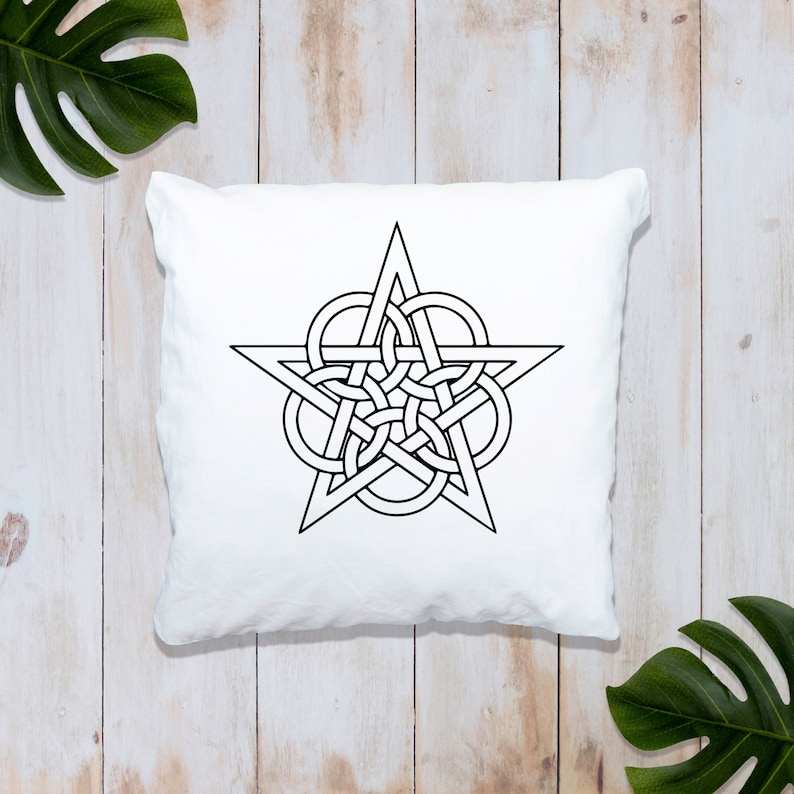Scalable Vector Graphics (SVG) is a powerful tool for creating complex shapes and designs on the web. In this article, we will explore the concept of cross SVG, focusing on its characteristics, benefits, and how to implement it effectively in your web projects.
### What is Cross SVG?
Cross SVG refers to the creation of a cross shape using Scalable Vector Graphics markup. SVG is an XML-based format for defining vector graphics that can be scaled to any size without losing quality. This makes it an ideal choice for web graphics, including logos, icons, and illustrations. A cross shape can be represented using basic SVG elements such as ``, ``, or ``.
### Benefits of Using Cross SVG
1. ** Cross Svg Free **: One of the primary advantages of SVG is its scalability. Cross SVG graphics maintain their quality at any screen size or resolution, making them perfect for responsive design.
2. **Editability**: SVG files are text-based and can be easily edited using code or vector graphic software. This allows designers to customize their cross shapes effortlessly.
3. ** cross svg **: SVGs are typically smaller in file size compared to raster images. This leads to faster loading times, which is crucial for improving user experience and SEO ranking.
4. **Interactivity and Animation**: SVG supports interactivity and can be manipulated using JavaScript and CSS. This opens up opportunities for engaging graphics that respond to user actions.
### Creating a Cross SVG
Creating a cross SVG is straightforward. Here’s a simple example using the `` element to draw a cross:
```xml
```
In this example, we define an SVG canvas of 100x100 pixels and draw two lines that intersect to form a cross in the center.
### Customizing Your Cross SVG
To enhance the visual appeal of your cross SVG, consider the following customizations:
- **Color**: Change the `stroke` attribute to modify the color of the lines.
- **Stroke Width**: Adjust the `stroke-width` attribute to make your cross thicker or thinner.
- **Opacity**: Use the `opacity` attribute to create transparency effects.
- **Transformation**: Apply transformations like rotation or scaling to alter the appearance.
### Accessibility Considerations
When implementing SVG graphics, it's essential to consider accessibility. Ensure that your SVG elements are properly labeled using the `` and `<desc>` tags to provide context for screen readers. For example:<br/><br/>```xml<br/><svg width="100" height="100" xmlns="http://www.w3.org/2000/svg"><br/><title>Cross Shape
A simple cross shape created using SVG.
```
### Conclusion

Cross SVG is a versatile technique for creating crisp, scalable graphics for the web. By leveraging the benefits of SVG and customizing it to fit your design needs, you can enhance the visual impact of your website. Whether you are designing logos, icons, or illustrations, understanding how to use SVG effectively will enable you to create engaging and interactive graphics that stand out.
For those looking to explore more about SVG, consider experimenting with different shapes and using tools like Adobe Illustrator or online SVG editors for advanced designs. Jesus Cross Svg of SVG graphics is vast, making it an essential skill for modern web developers and designers.
